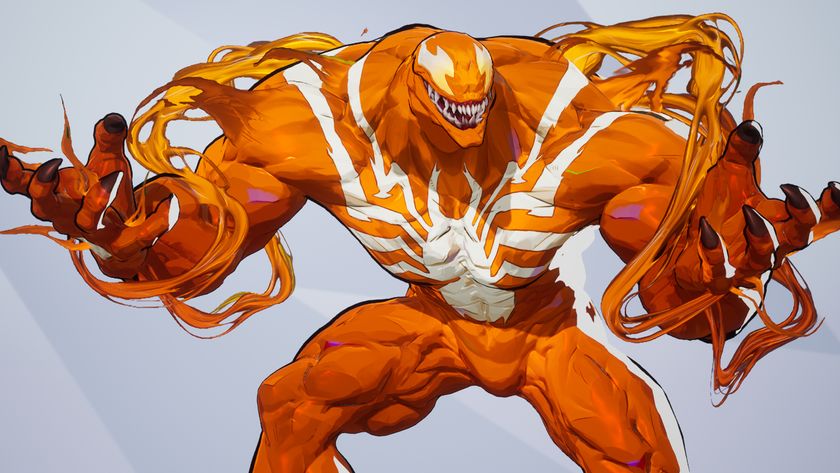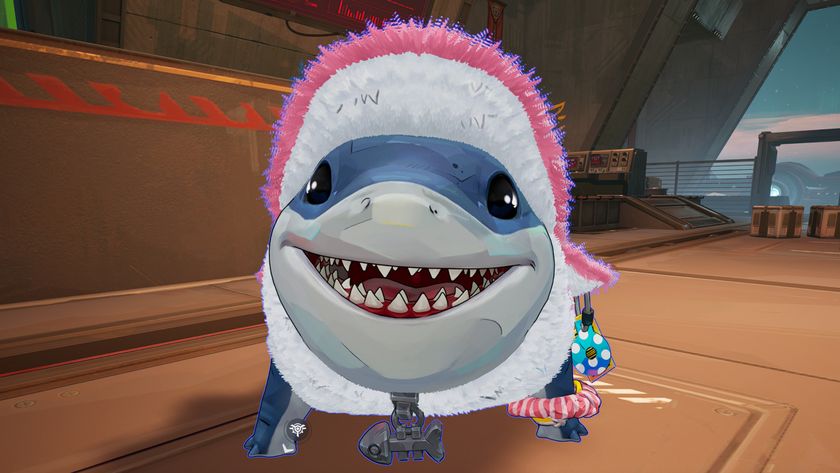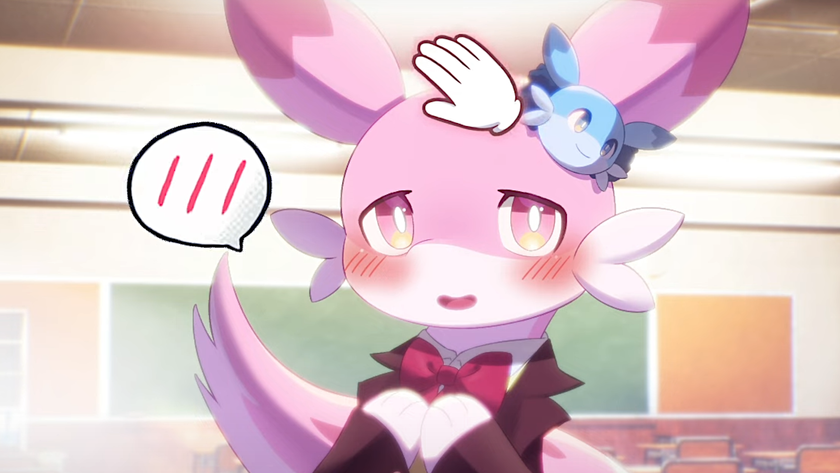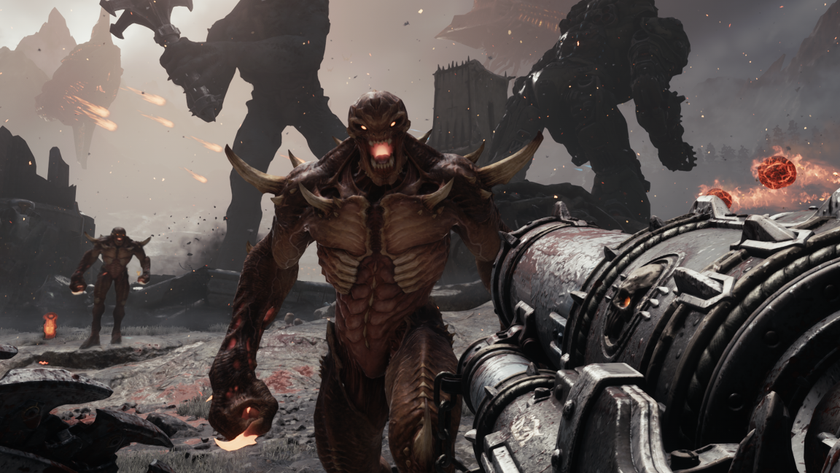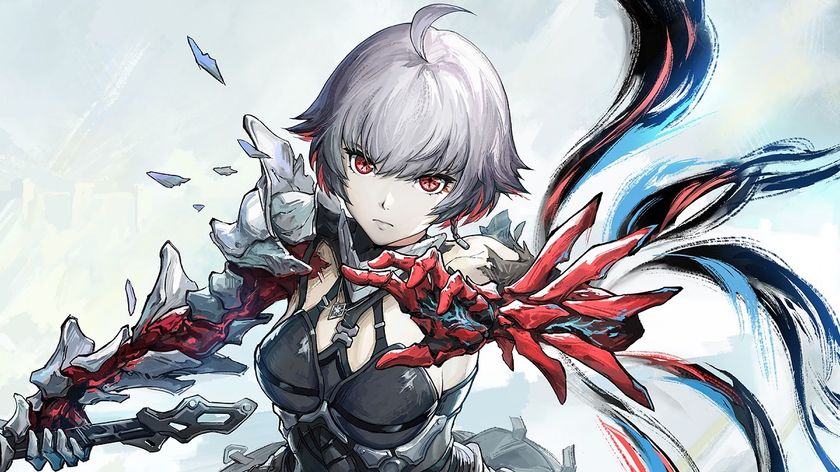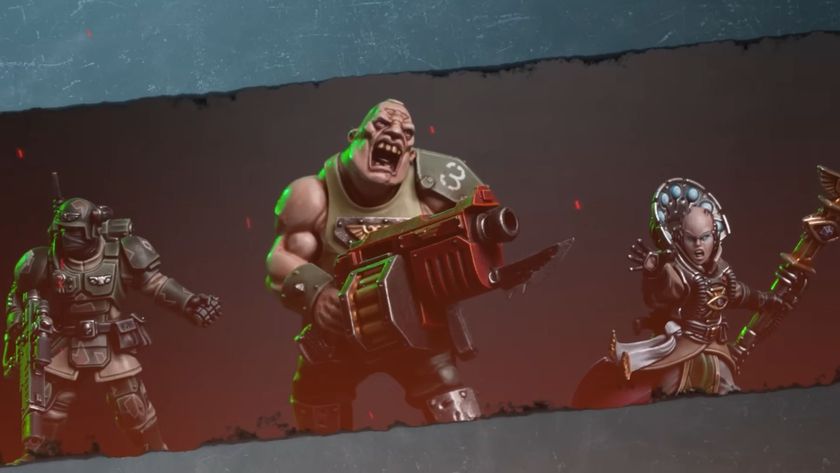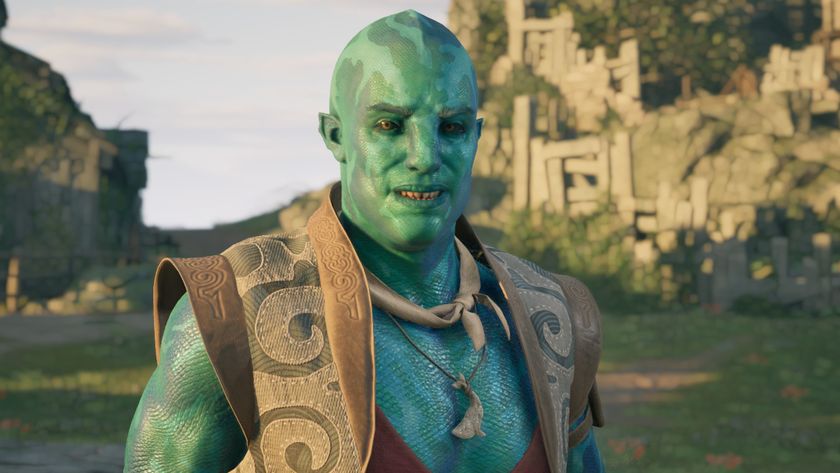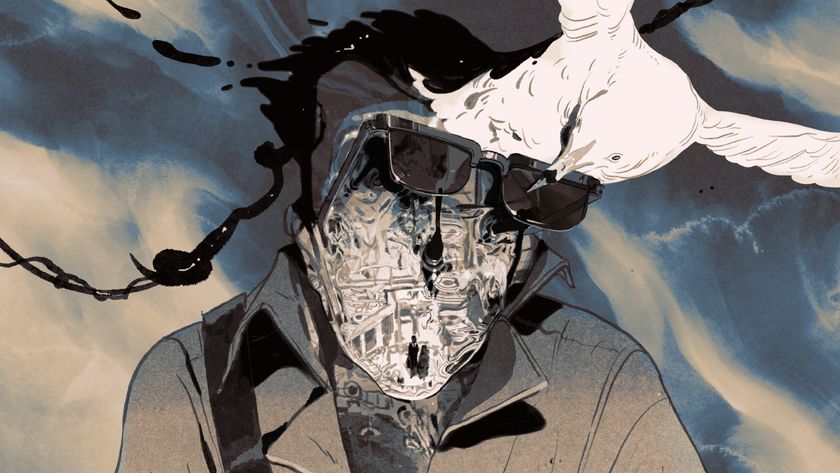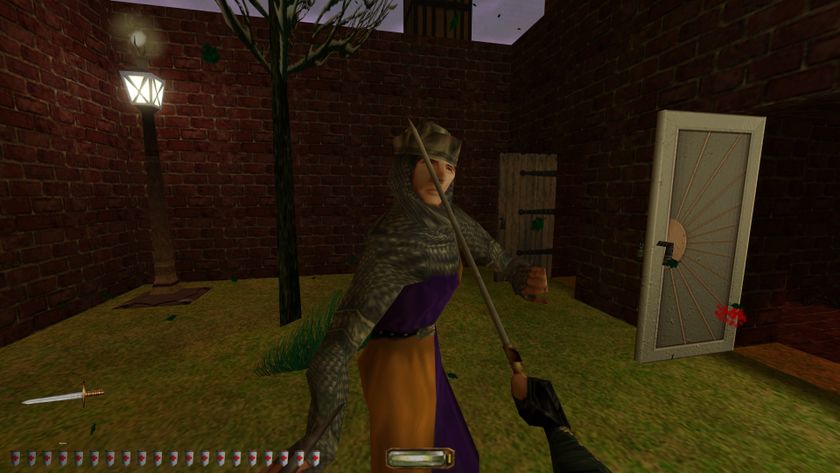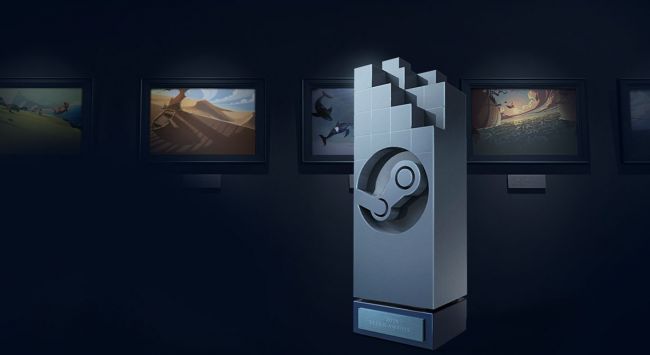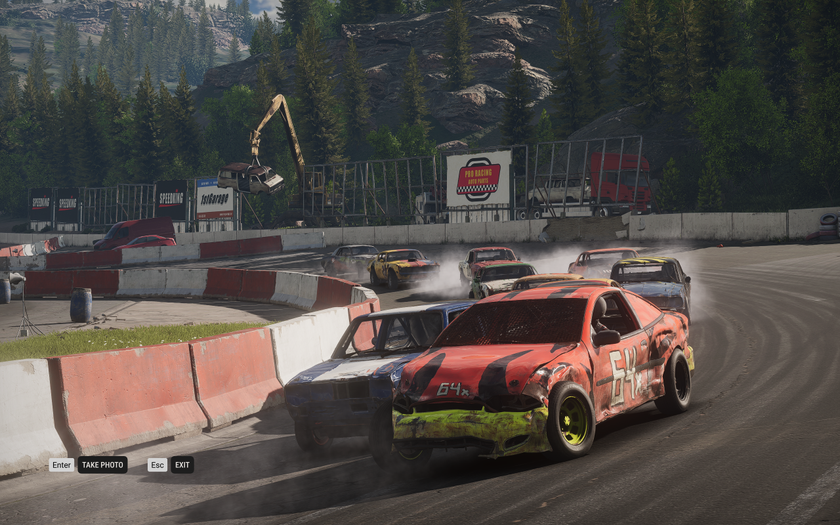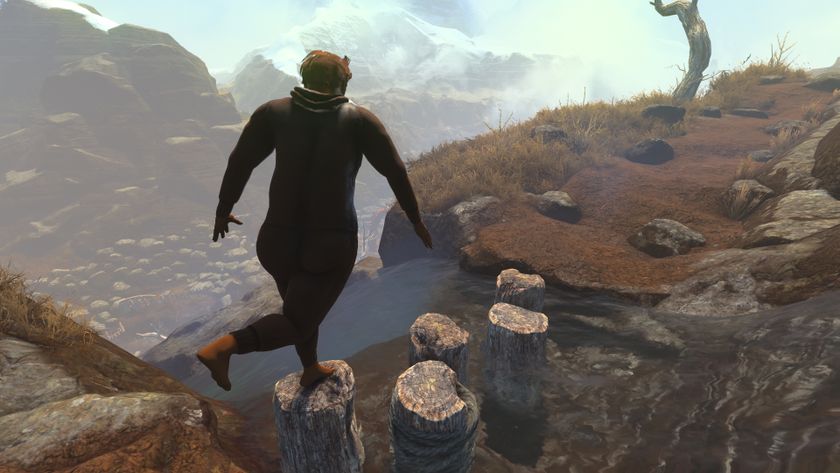How a clever plot twist completely reshapes Warframe's story
The Warframe community and its developers have been participating in a long con on its newer players.
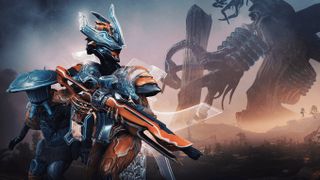
This article contains complete spoilers for the biggest plot twist in Warframe.
It's easy to look at Warframe and assume it's a mindless shooter about space ninjas fighting space cyborgs, collecting piles of loot, and levelling up ad infinitum. When it first hit beta back in 2013, that was true. There was no story. But since then Warframe has grown in ways that very few games have, with developer Digital Extremes reinventing and rebuilding it several times over. Compared to 2013, the Warframe of today is almost unrecognizable.
The biggest surprise in that evolution is Warframe's shockingly nuanced story, built on the back of a unique setting that blends the atmosphere of Dune with cyberpunk and a dash of 90s anime excess.
Warframe’s opening arc begins with you awakening from cryogenic sleep on Earth, now a wild jungle world. A masked woman calling herself The Lotus informs that you are part of a clan called Tenno, warriors of blade and gun, enemies of evil, and masters of the Warframe armor. Each of the 33 Warframes is like its own RPG class, with unique abilities and playstyles that players will craft and upgrade. Once you're suited up in your first Warframe, you'll meet Ordis, a Cephalon AI and loyal caretaker of your personal spacecraft who is psychologically damaged after his centuries-long dormancy. Together, you set out to explore the solar system.
Calling this a big plot twist is an understatement.
What follows is good enough sci-fi to tempt anyone who isn't already hooked by the words "triple-jumping space ninjas." And once you're invested—deeply invested—Warframe drops a brilliant, unexpected bomb on you. It's one of the most dramatic and intense plot twists I’ve ever seen in a game, and I’m saying that as a Yoko Taro fan. But to see that twist, you really have to earn it.
Seriously, major plot spoilers for Warframe happen below.
More human than human
Almost every event in Warframe’s story, present and past, is linked to the fallen Orokin empire. Everywhere you look, you can see fragments of their unique aesthetic, like literal ivory towers grown from living bone banded with gold. This is partially reflected in the Warframes themselves, ornate armor of Orokin design, and much of the game’s story is devoted to discovering why the Tenno and their Warframes are still standing when their creators are long gone.
The biggest gaming news, reviews and hardware deals
Keep up to date with the most important stories and the best deals, as picked by the PC Gamer team.

While the specifics are left hazy at first, characters frequently reference ‘The Old War,’ the conflict that destroyed the Orokin so completely that, centuries later, the survivors are still picking up the pieces.
Warframe loves its hidden mysteries, and they're extremely easy to miss if you're too distracted by all the running and gunning. The bits of story are sprinkled across each mission, which players tackle alone or in groups of four. Warframe's missions are straightforward, procedurally generated kill-fests centered around objectives like planting extractors and defending them while waves of enemies attack, or rescuing hostages and escorting them to the evac zone.
Every question you might ask about the story likely has an answer somewhere, even if it is tucked away in a piece of item description text in the style of Dark Souls, or written in plain sight but in an alien script needing deciphering. But Digital Extremes had been playing a clever trick on its community for quite some time. At the point where almost any other game would begin a gentle cruise into endgame rhythms, Warframe switches up a gear, introducing entirely new systems and completely upending what you thought you understood about its story. Calling this a big plot twist is an understatement.
The Second Dream
By the time most players reach the story quest ‘Natah’, they will have likely sunk 30-40 hours into the game. You’ll have explored most of the solar system, fought countless battles, and forgotten half the questions you once wanted answers to. When an encounter with a robot unlike anything you’ve seen during a routine mission causes the Lotus—your constant, reliable guiding voice the entire game—to cut contact and disappear, it’s clear that something big is happening.
Warframe, and, in part, its community, have played a long con with its story, letting you think that those first 30 hours are how it is, and always will be. The Old War is a perpetual mystery, the Tenno are just space ninjas and there probably isn’t anything more to it.
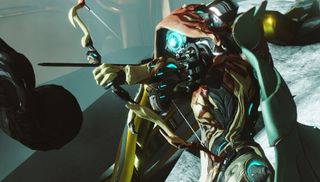
But Natah sets in motion a story arc revealing the Sentient—true rogue AIs (listen to this intricately hidden piece of audio from Ordis, your AI companion, for context) and the reason the Orokin empire fell—and The Lotus’ complicated history with them. One of these Sentients, named Hunhow, is determined to remove the Tenno and their Warframes as a threat before its plans can move forward, and it knows your weakness—one that very few players would have even imagined. So begins The Second Dream, the most important quest in the game.
Warframe’s greatest trick is in the revelation that the armored figure on-screen all this time is not you. Your Warframe is revealed as a remote-controlled proxy: A mechanical golem, puppeteered by a sleeping psionic youth so potent that their dreams can manipulate these machine-bodies across incalculable distances. In order to save yourself, you have to rescue this child from their previously safe sarcophagus hidden deep within Earth’s moon and carry it—under fire—to the safety of your ship.
It is here, nearly 40 hours into the game, you are presented for the first time with the character creation screen.
It is here, nearly 40 hours into the game, you are presented for the first time with the character creation screen. You are asked to create your Operator—the real Tenno. You sculpt their face, and assign yourself a voice. For the first time, you—your Tenno, your Operator—are a protagonist unmasked, and will have dialogue choices and internal monologue from this point onwards where previously stood a silent cipher. The Warframes are still how you fight, primarily, but you know their true nature now, and your own.
The War Within, and conflicts beyond
The Second Dream is just the beginning of Warframe’s central story, now being told in episodic updates. Many sidequests unlock after that quest, building on your newfound knowledge, as well as opening up a continuation of the central story arc. In a later quest—The War Within—you find your psychic link severed from your Warframes, forcing you onto the surface of a hostile planet without your proxy-armor, where you learn a new set of psionic powers including teleportation and powerful energy beam attacks. Essential, to compensate for the fragility of your flesh-and-blood body.
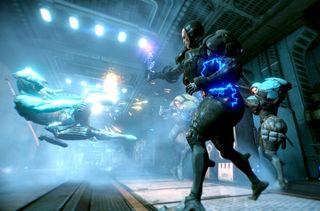
Eventually you are reunited with your Warframes, but from that point onwards, you can—at any time—teleport in to handle the situation personally, with your Operator having their own progression systems and skill tree. While used sparingly at present, the Plains of Eidolon expansion is already increasing the gameplay focus on Operators, making them more viable in combat, and their powers essential in combating the Sentient weapons waking up on Earth.
Of course, as with all things Warframe, the mystery is maintained as best as possible. While Operators appear in much of the expansion’s loading screen art (the character in the wide helmet is an Operator), and even the patch notes, they are always masked, with their nature left for players to discover for themselves. A journey worth taking, but it’s a long hike, even in the shoes of a triple-jumping space ninja.

The product of a wasted youth, wasted prime and getting into wasted middle age, Dominic Tarason is a freelance writer, occasional indie PR guy and professional techno-hermit seen in many strange corners of the internet and seldom in reality. Based deep in the Welsh hinterlands where no food delivery dares to go, videogames provide a gritty, realistic escape from the idyllic views and fresh country air. If you're looking for something new and potentially very weird to play, feel free to poke him on Twitter. He's almost sociable, most of the time.
